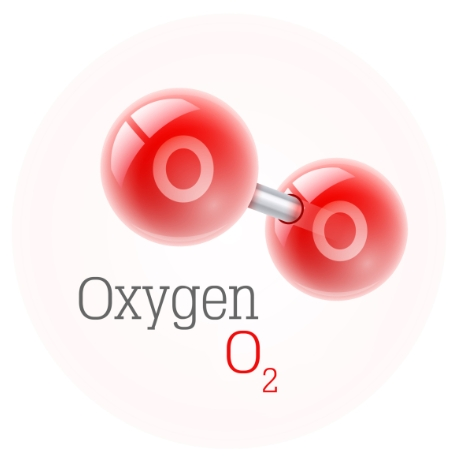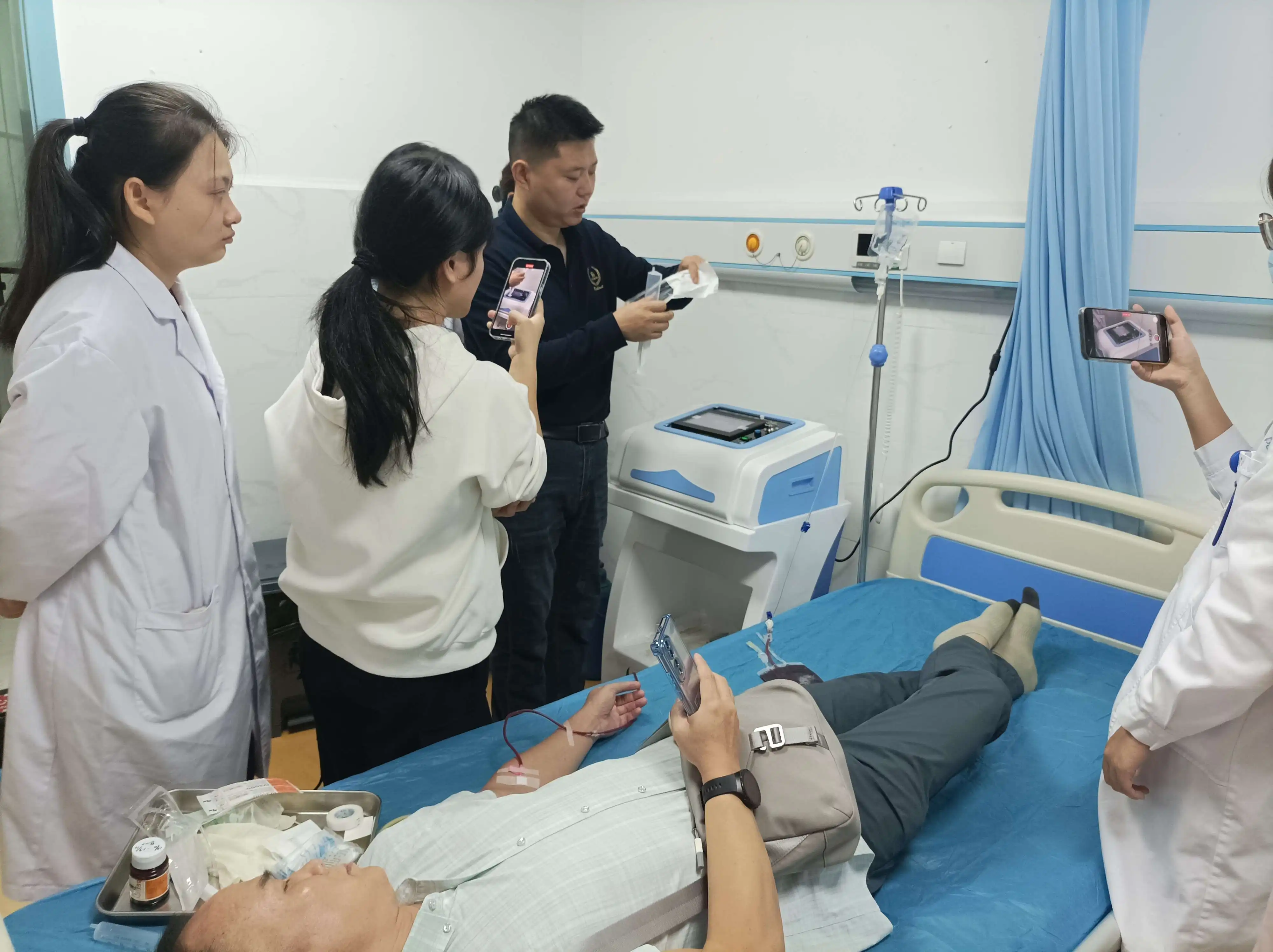How Long Does Ozone Therapy Work?
Ozone therapy has been steadily gaining traction in the medical and alternative health communities as a potential treatment for various conditions. At the heart of this therapy is the ozone therapy machine, a device that plays a crucial role in delivering ozone - based treatments. But one of the most common questions patients and healthcare providers alike ask is: How long does ozone therapy work? In this comprehensive blog post, we will explore the factors that influence the effectiveness and duration of ozone therapy, its applications, and how the Ozone therapy ozone therapy machine fits into the equation.
Understanding Ozone Therapy
The Basics of Ozone
Ozone is a highly reactive form of oxygen, consisting of three oxygen atoms (O₃) instead of the usual two (O₂). In ozone therapy, ozone gas is administered to the body in various

ways, either through intravenous injection, rectal insufflation, or topical application. The ozone therapy machine is responsible for generating pure ozone gas, which is then carefully measured and delivered to the patient.
Mechanisms of Action
Ozone therapy works through several mechanisms. When ozone enters the body, it reacts with biological molecules, such as lipids and proteins. This reaction triggers a series of beneficial physiological responses. For example, ozone can stimulate the production of antioxidants in the body. Antioxidants are essential for neutralizing harmful free radicals, which can cause cell damage and contribute to various diseases. Ozone also has antibacterial, antiviral, and antifungal properties, making it potentially useful in treating infections. Additionally, it can improve blood circulation and oxygen delivery to tissues.
Factors Affecting the Duration of Ozone Therapy's Effects
Type of Condition Treated
The time it takes for ozone therapy to show results and the duration of those results can vary significantly depending on the condition being treated. For acute conditions, such as minor infections or muscle injuries, the effects may be relatively quick. For instance, in cases of mild skin infections, topical application of ozone using an ozone therapy machine may start to show improvements within a few days. The antibacterial properties of ozone can quickly target the pathogens causing the infection, leading to a reduction in symptoms like redness, swelling, and pain.
On the other hand, chronic conditions like autoimmune diseases or long - standing degenerative disorders may require more extended treatment courses. In the case of patients with rheumatoid arthritis, a chronic autoimmune disease, ozone therapy may need to be administered over several weeks or even months to achieve significant and lasting results. The body's complex immune response in autoimmune diseases means that it takes time for ozone therapy to modulate the immune system and reduce inflammation.
Treatment Protocol
The specific treatment protocol used, including the frequency and dosage of ozone administration, also plays a crucial role. A higher dosage of ozone may lead to more rapid initial effects but could also increase the risk of side effects. In general, a well - planned treatment protocol will start with a lower dosage and gradually increase it as the body adjusts. For example, in intravenous ozone therapy, the initial sessions may involve a small volume of ozone - saturated saline solution being injected into the bloodstream. As the patient tolerates the treatment, the dosage can be increased.
The frequency of treatments is another important factor. Some patients may require daily treatments in the initial stages, while others may benefit from a less frequent schedule, such as three times a week. A more frequent treatment schedule may lead to faster results, but it also requires careful monitoring to ensure the body can handle the repeated exposure to ozone. The Ozone therapy ozone therapy machine allows healthcare providers to precisely control the dosage and delivery method of ozone, ensuring a safe and effective treatment.
Individual Variations
Each person's body is unique, and this individuality can affect how long ozone therapy takes to work and how long the effects last. Factors such as age, overall health, diet, and lifestyle can influence the body's response to ozone therapy. Younger, healthier individuals may respond more quickly to ozone therapy compared to older patients or those with multiple underlying health conditions. For example, a young athlete with a sports - related injury may recover faster with ozone therapy due to their generally better physiological condition.
Diet and lifestyle also play a role. Patients who maintain a healthy diet rich in antioxidants and engage in regular physical activity may experience more pronounced and longer - lasting effects from ozone therapy. Conversely, those with poor lifestyle habits, such as smoking or a sedentary lifestyle, may have a slower response.
Applications of Ozone Therapy and Associated Timeframes
Wound Healing
Ozone therapy has shown great promise in wound healing. In cases of chronic wounds, such as diabetic foot ulcers, the use of an Ozone therapy ozone therapy machine to deliver ozone - enriched oxygen to the wound site can significantly accelerate the healing process. Initially, within the first week of treatment, patients may notice a reduction in wound exudate (the fluid that leaks from the wound). Over the next few weeks, the wound may start to show signs of granulation, where new tissue begins to form. In some cases, with consistent treatment, a chronic wound that has not healed for months may start to close within 8 - 12 weeks.
Pain Management
For pain management, especially in conditions like back pain or osteoarthritis, ozone therapy can provide relief. When ozone is injected into the affected joint or soft tissue area using an ozone therapy machine, patients may start to feel a reduction in pain within a few days to a week. However, for long - term pain relief, a series of treatments may be required. In the case of osteoarthritis, a typical treatment course may consist of 10 - 15 sessions over a period of several weeks. After completing the full treatment course, many patients report a significant decrease in pain and an improvement in joint function that can last for several months.
Immune System Support
Ozone therapy can also be used to support the immune system, which is particularly beneficial for patients with weakened immune systems or those recovering from illnesses. The effects on the immune system may take a bit longer to become apparent. It may take a few weeks of regular ozone therapy sessions for the body to start showing signs of an enhanced immune response. This could be manifested as a reduced frequency of colds and flu, or a faster recovery from minor infections. Over time, with continued treatment, the immune - boosting effects of ozone therapy can help the body better defend against various pathogens.

Shaanxi Miaokang Medical Technology Co., Ltd had R&d and produce Ozone therapy ozone therapy machine
is a comprehensive integrator engaged in medical instrument research and development, sales, medical technology research and promotion, and investment in medical institutions. The main research and development of medical ozone therapy equipment, extracorporeal shock wave therapy equipment and other products.
If you had any questions,feel free to contact us:Cathy@miaokang.ltd
Conclusion
In conclusion, the question of how long ozone therapy works is complex and depends on multiple factors. The Ozone therapy ozone therapy machine is a vital tool in delivering this innovative treatment, allowing for precise control over the ozone dosage and delivery method. Whether it's for wound healing, pain management, or immune system support, ozone therapy can offer significant benefits. However, patients should be aware that the time it takes to see results and the duration of those results can vary widely. It's essential to work with a qualified healthcare provider who can develop an individualized treatment plan based on the specific condition, taking into account factors such as the type of condition, treatment protocol, and individual variations. By doing so, patients can maximize the potential of ozone therapy and achieve the best possible outcomes.






